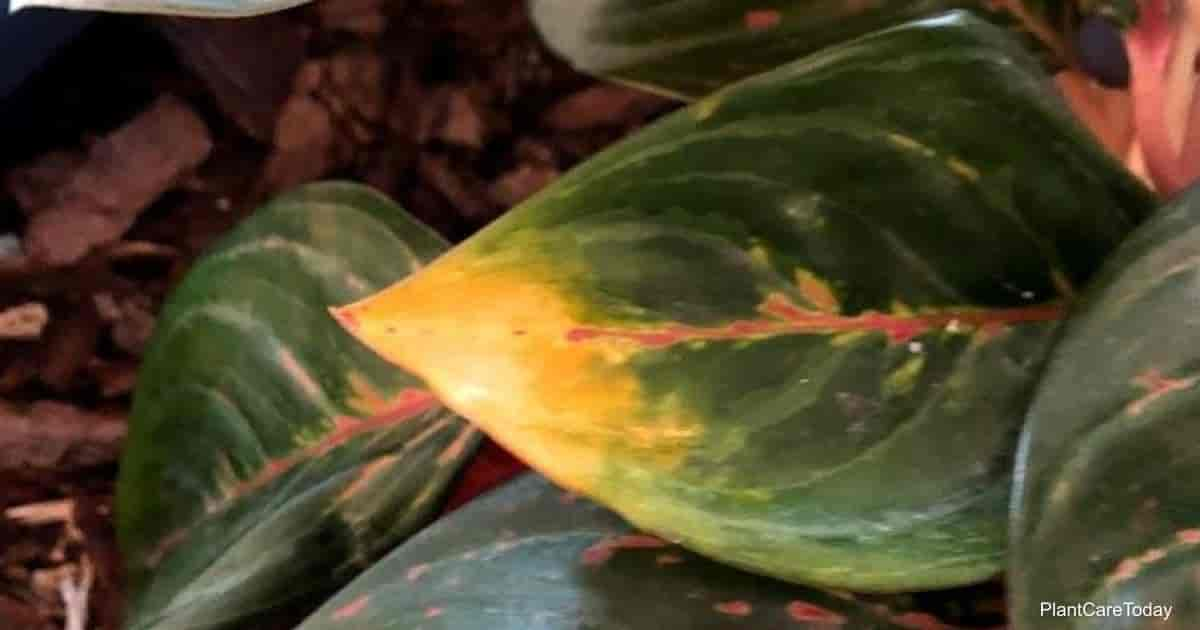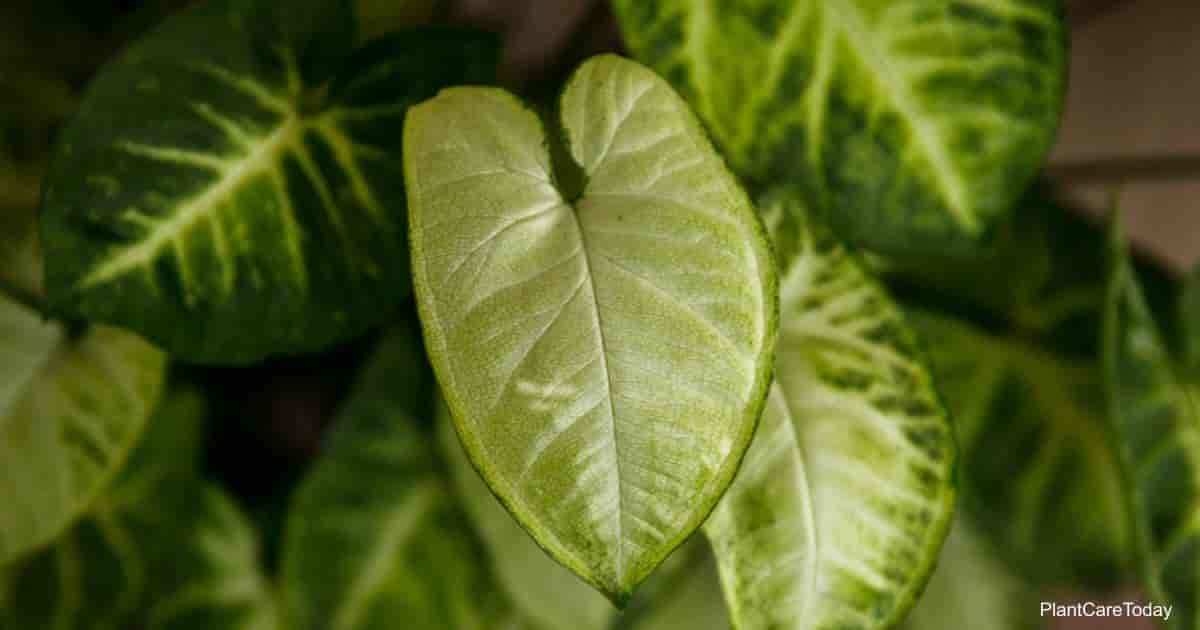Zamioculcas zamiifolia is the botanical name of the Zee Zee Plant or ZZ plant, one very popular foliage plant used in homes and offices worldwide.
Interior plantscapers always look for “new” houseplants they can use indoors to provide different looks. Likewise, growers always look for new items to offer their customers.
Zamioculcas is a tropical perennial plant native to the semi-arid grasslands and forests of Eastern Africa. ZZ’s have grown in popularity as an indoor plant due to their toughness and low maintenance.
Common names include:
- Zanzibar Gem
- Zizi Plant
- Zuzu Plant
- Steel plant
- Eternity Plant
- Emerald Plant
- Zee Zee Plant
- Aroid Palm
ZZ Plants can bring life to your indoor space without much upkeep. This article will give you a look at the plant’s unique features and offer you some pointers on how to properly care for your Zee-Zee.
Zamioculcas Zamiifolia ZZ Plant Care
When many people first see a Zamioculcas for the first time, they assume it looks and resembles a Zamia cycad.
The ZZ Plant Zamioculcas zamiifolia [zam-ee-oh-KUL-kass] [zam-ee-FOH-lee-uh] is the only species in the genus Zamioculcas and a member of the Araceae (aroid) family.
Zamioculcas – Perfect Plant Qualifications
The ZZ fits just about every qualification needed for a great indoor house plant:
- The Zee Zee handles low lighting, dry air, and low humidity well
- Easy to grow
- Low water requirements
- Tough under indoor conditions
- Drought tolerant
- Handles neglect well
- Attractive glossy green leaves
It is only one of its kind and has features that set it apart from other indoor plants. Here are the general characteristics of the ZZ Plant.
How Big Do ZZ Plants Get?
ZZ’s range in size from small potted 6″ pots about 12″ inches tall to large floor plants approximately 24″-36″ inches with an equal spread.
On average, most indoor ZZ Plants are around 12″ to 24″ inches tall. However, some larger plants can reach a height of 3′ – 5′ feet tall.
Zamioculcas plants are known as slow growers, especially in low light conditions and colder temperatures. They’ll show considerable new growth starting from early spring through the summer.
Then, as the weather cools down, the plant will slow down, coming to a halt in the winter months.
During the growing season, plants can produce up to eight new stems, reaching a height of 6″ to 12″ inches per month. They grow horizontally roughly an inch per year but rarely extend beyond two feet in diameter.
It can take years for a small 4″-inch potted plant found in many garden centers to reach 36″-inch tall.
NOTE: I have a Zamioculcas growing outdoors on a shaded patio with no direct sunlight, living in a 10″-inch container for over 12 years. I have seen very old, ZeeZee plants in 17″-inch pots reach 4′ feet in height.
Does The “Eternity Plant” Flower?
Zamioculcas is more famous for their dark green foliage, but they are flowering plants. They rarely produce flowers but usually do between so mid-summer to early autumn.
When this tropical plant blooms, they sprout insignificantly small spadix inflorescences like a Monstera enclosed in bright yellow, brown, or bronze spathe flowers. The flowers will usually grow concealed within the foliage’s base.
The flowers have no fragrance or distinctive smell.
ZZ Tolerates Low Light Levels Well
ZZ’s grow and thrive best in medium to bright indirect light. However, it is one of the plants that thrive in fluorescent light.
Even though they are often billed as low-light plants, this isn’t entirely true. The Steel Plant handles many levels of light conditions, but more light will produce a better-looking plant.
They do tolerate low light conditions. However, this will eventually slow down the plant’s growth rate.
Avoid direct sunlight. Their leaves can get scorched. Direct light is one lighting condition the steel plant cannot handle. Bright filtered afternoon sun from a sunny window would work well.
The ideal average room temperature is between 60° – 80° degrees Fahrenheit. However, they do not like drops in temperatures beyond 45° degrees Fahrenheit.
Moreover, constant temperature fluctuations caused by air conditioning or heating units can stunt the plants’ growth.
When Should You Water A Zee Zee Plant?
ZeeZee plants are pretty drought-resistant and will store water in their rhizomes. That is why if you forget to water yours, it won’t wither away immediately. Ideally, a ZZ will need watering every two to three weeks.
From my experience, allow the soil to dry completely before you water it thoroughly. By thorough, I mean soaking the entire rootball and letting all the excess water drain out.
Zamioculcas does well insub-irrigation planters.
Do Not Allow Soil To Stay Wet
Don’t let plants sit in water or allow the soil to stay wet. Too much water leads to yellowing leaves and root rot. The plant does better when kept on the dry side.
How Often To Fertilize Zamioculcas?
As for the fertilizer requirements, Zamioculcas like fertilizer, but they don’t need it regularly to thrive. Apply a diluted complete (20-20-20) balanced liquid fertilizer (houseplant food) once a month during the growing season.
Personal Note On Watering Zamioculcas
To test a plant’s toughness, I purposely neglect them.
I had a ZZ in my office for over 16 months. I didn’t do anything special to the plant. Despite the neglect and infrequent watering – It looked pretty good, considering it was only watered six times in 16 months.
Soil Mix Requirements and Repotting
A well-draining potting medium with good soil aeration is perfect for Zamioculcas. Adding perlite or lava rocks will improve its draining capabilities. But, any well-drained mix recommended for indoor house plants will work.
The ZZ plant is a slow grower. You will not need to transplant them until their thick rhizomes start to press against the edge of the pot.
Similar to most indoor plants, it’s better to wait until the growing season to transplant. This helps reduce transplant shock.
Repotting A “Steel Plant”
ZZ plants can grow and live in a container for a long time without the need for repotting.
- Repot Zamioculcasin spring
- Use a pot one size larger than the current container. Example: 4″-inch to 6″-inch
- Make sure the pot has drainage holes.
- Use a good quality, well-draining soil mix like an African Violet potting mix.
- Fill the bottom of the container with soil.
- Remove the plant from the old pot.
- Remove bad soft or mushy rhizomes
- Place plant in the new pot on top of the soil at the same depth it was previously growing
- Add potting medium and fill in the open space in the pot with soil. Do not “pack” soil
- Water plant thoroughly until water drains out the bottom of the container
- Allow any excess water to drain
- Move the plant to its growing location away from direct light.
- Never allow the plant and pot to sit in water.
Grooming and Maintenance
Zamioculcas do not need constant pruning, but the leaves do need cleaning. To give your plant a fuller, bushier look, prune any arching stems. When plants get too leggy, trim back some of these stems.
Remove yellowing, brown leaves, or old leaves.
How Do You Clean The Leaves On A Zee Zee?
The green leaves of the ZZ are naturally glossy. No need to apply any type of leaf shine (we don’t recommend them anyway).
Every week or two, use a soft damp cloth or damp microfiber cloth to wipe the dust off the leaves. This helps Zamioculcas get all the light available and “breathe.”
ZZ Plant Propagation
Propagation is primarily by division, stem cuttings, or leaf cuttings, a slow process. I’m not aware of any attempts to hybridize ZZ plants at this time.
Propagate by division when you repot your ZZ. Cut off the rhizome and pot them in separate containers.
To propagate by stem cutting:
- Cut a part of the stem with at least two leaves
- Plant the stem cutting in a separate pot with the same soil as the original plant
- Place the new plant somewhere warm under bright, indirect light
To propagate by leaf cuttings:
- Remove healthy green leaves from the stem
- Allow leaves to sit and callous for a few hours before planting
- Fill a flat with moist, well-draining soil
- Stick leaf cuttings into the moist soil
- Place the flat in bright, light
- Wait… it can take months
ZZ Plant Care – Pests or Diseases
ZZ plants are generally pest-free and disease-free. Of all its great attributes:
- It’s toughness
- Ability to handle a variety of lighting
- Low watering requirements
Its best attribute bar none… no serious insect problems. Or none anyone can identify.
Eliminating this one element makes caring for any plant much more manageable. You need to manage only a couple of things – light and water, making care easier.
Sometimes, though, prolonged poor conditions may create an environment that invites pests and diseases.
Pests
Cleaning the leaves regularly will eliminate most pests’ problems. However, common houseplant pests can cause leaf discoloration. Treat any pest infestation by spraying neem oil or insecticidal soap.
Diseases
Many Zamioculcas owners do not realize how drought-resistant their plant is. As a result, they end up overwatering, which is the most common cause of root rot.
Rotting roots turn the leaves of the ZZ plant yellow and mushy. It may even start to give off a pungent smell. To prevent roots from rotting, plant the Zee Zee in well-draining soil, with bright light and give it time to dry between watering.
Why Do The Leaves Of ZZ’s Turn Yellow?
There are several reasons the foliage on your ZZ may turn yellow!
- Older leaves may naturally turn yellow
- Leaves may turn yellow from total neglect – no water or light
- Yellowing leaves are a sign of overwatering and root problems
- Nutrient deficient plants may begin to yellow
- Yellow leaves from sunburn
Are ZZ’s Toxic Or Poisonous?
One area of caution. Beware of coming in contact with any of the plant “juices” of ZZ’s. The calcium oxalate crystals in the Zanzibar plant may cause skin irritation.
The crystals are found in many other plants. The most “famous” is the dumb cane Dieffenbachia.
Touching the plant without coming in contact with the “juices” should not present any issues.
Avoid skin irritation for those with very sensitive skin by following these safety ZZ Care tips:
- Wear gloves when handling the plant.
- Keeping pets, dogs, cats, and children away from the Zee-Zee.
- Wash your hands after working with the plant.
Do ZZ Plants Cause Cancer?
The topic of Zamioculcas causing cancer was an unfounded rumor started in 2010. Pay no attention to the “hysteria.” [source]
Suggested Uses For ZZ Plant Zamioculcas
Part of the appeal of ZZ Plants is that they’re among the easiest plants to take care of. That’s why many beginners have taken a liking to it. ZZ’s are also versatile in their uses as small desktop plants, floor plants, and stand-alone specimens.
Absorb Pollutants
The ZZ Plant will do more than just look pretty indoors; it can alleviate indoor air quality. In addition to carbon dioxide, a ZZ Plant can remove formaldehyde and nitrogen oxide from the air.
Reduce Stress
Not needing to worry about your ZZ plant as far as maintenance goes eliminates some of the worries of owning plants. What’s more, several studies have indicated that houseplants can help alleviate stress and increase productivity.
ZZ Plant The Downside
On the downside, we can always find a downside. The downside to planting ZZ – growing ZZ plant is slow, so slow production.
Ask at your favorite nursery or garden center about the ZZ – the Zamioculcas. You will not regret it. Share your ZZ plant experiences!





